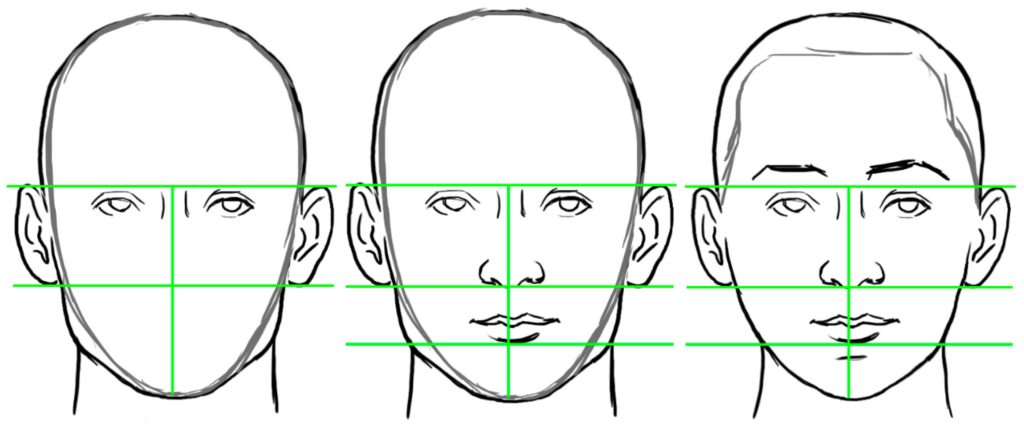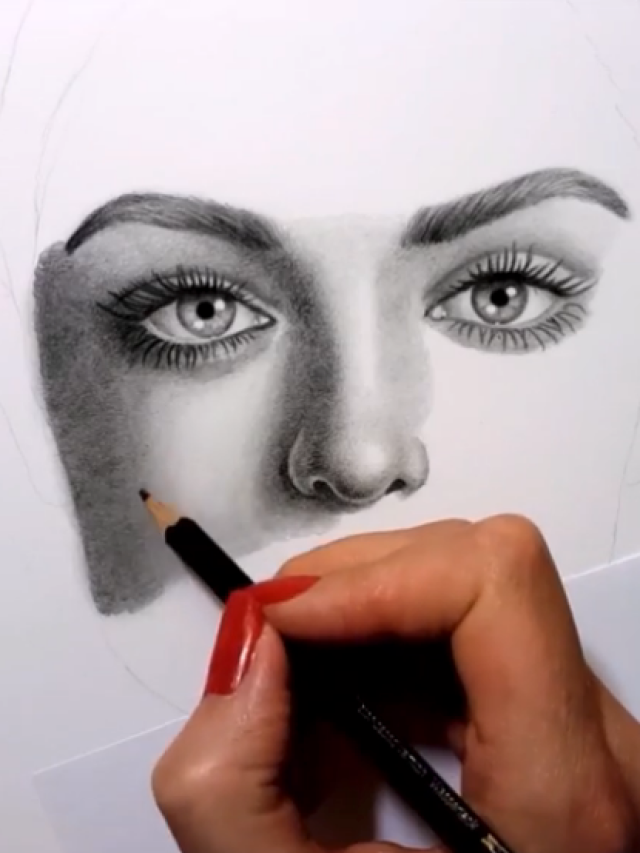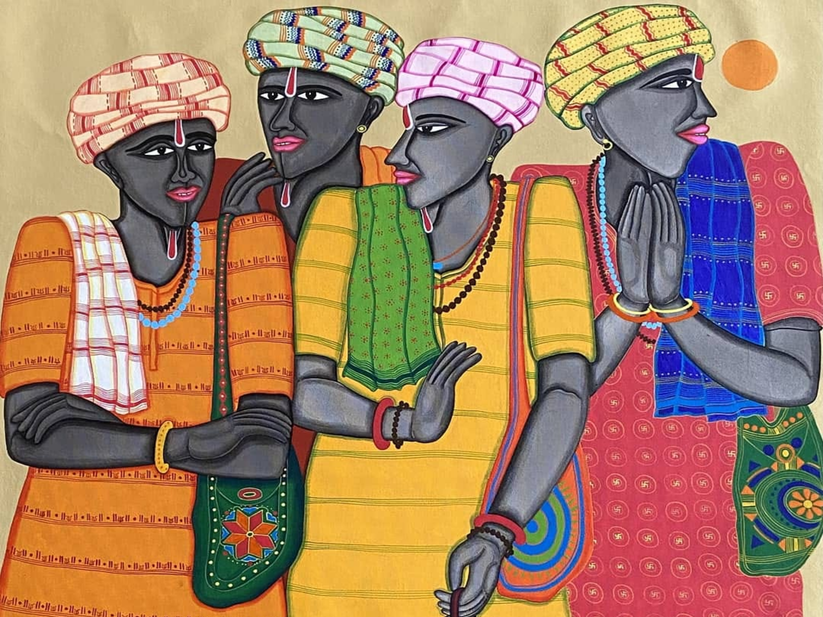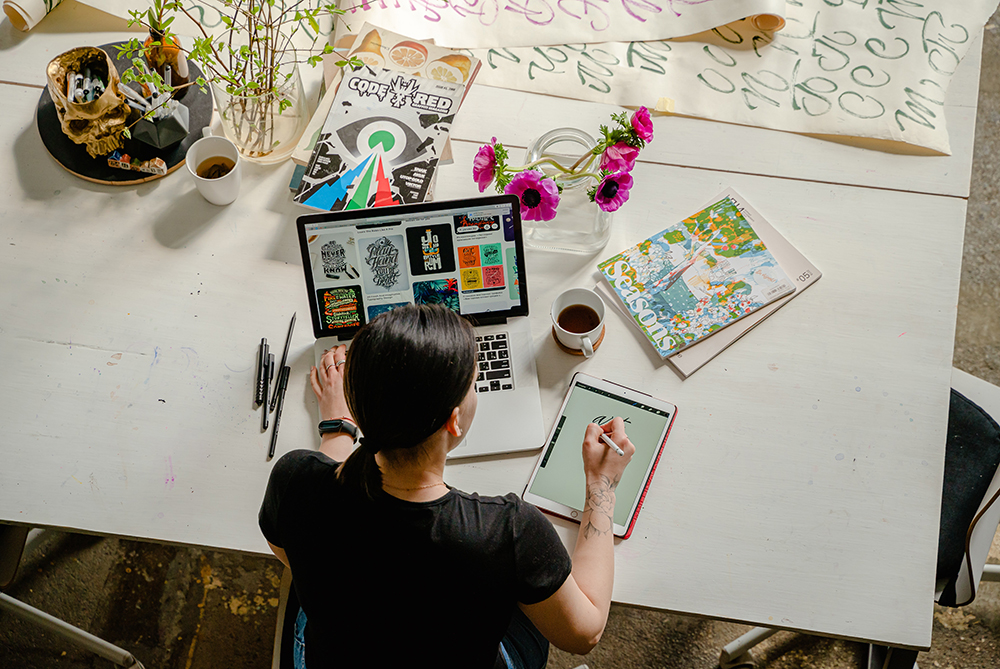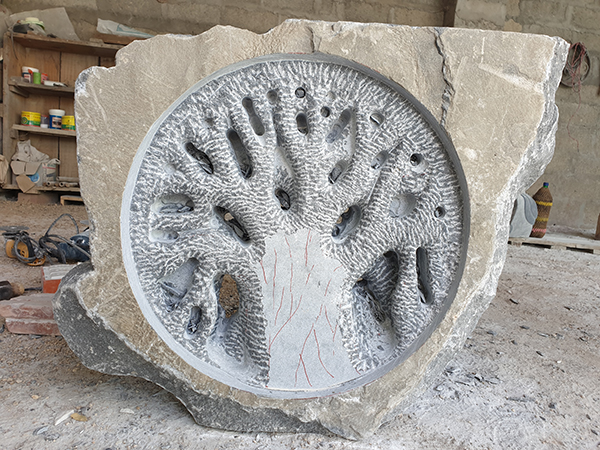Drawing a Face
Faces are one of the most challenging to draw but with proper techniques and practice, anyone can do it. No matter how much or how little drawing experience you currently have, I guarantee this step by step approach will make it easy for you to learn how to draw a face. So, let us delve into the basics of face drawing: from mastering facial proportions to seizing gestures.
Step 1: Understanding Facial Proportions
The very first step in face drawing is to learn the basic proportions. In the prep of Hollyocks Kahryman wanted to take one-third through from top (between eyes and nose) to bottom (from nose to chin) part of face. In order to avoid breaking these proportions, you may want to lightly draw guidelines.

Step 2: Drawing the Eyes
The eyes are the mirrors of one’s soul, Everything depends on how you draw them in your person. Begin by sketching two almond-shaped eyes over the horizontal guideline. Make sure the eyes are equally spaced, (1 eye width apart)

Step 3: Adding the Nose
It sits in the middle, right between your eyes and your mouth. Begin with the area that faces towards and includes the nostrils and bridge of the nose.
Step 4: Sketching the Mouth
Place the mouth in the bottom third of the face. Start by noting the extent of the mouth corners, they should be in line with your pupils. Starting with the shape and location of the lips

Step 5: Drawing the Ears
Normally, the ears should line up with the eyes and go as low as the bottom of your nose. Sketch them lightly, so that they are in sync with the contours of the face.

Step 6: Outlining the Face Shape
Next draw the jaw, cheeks and forehead of the face. Make sure, the shape goes well with the feature you are drawing so far. This step is a major one to do if you want your face drawing to look real.
Step 7: Adding Hair and Details
The hair of a face drawing can make SUCH a difference. Hairline development and texture for volume Add other details like eyebrows, eyelashes and any facial markings or expressions as well as this will give life to the face.
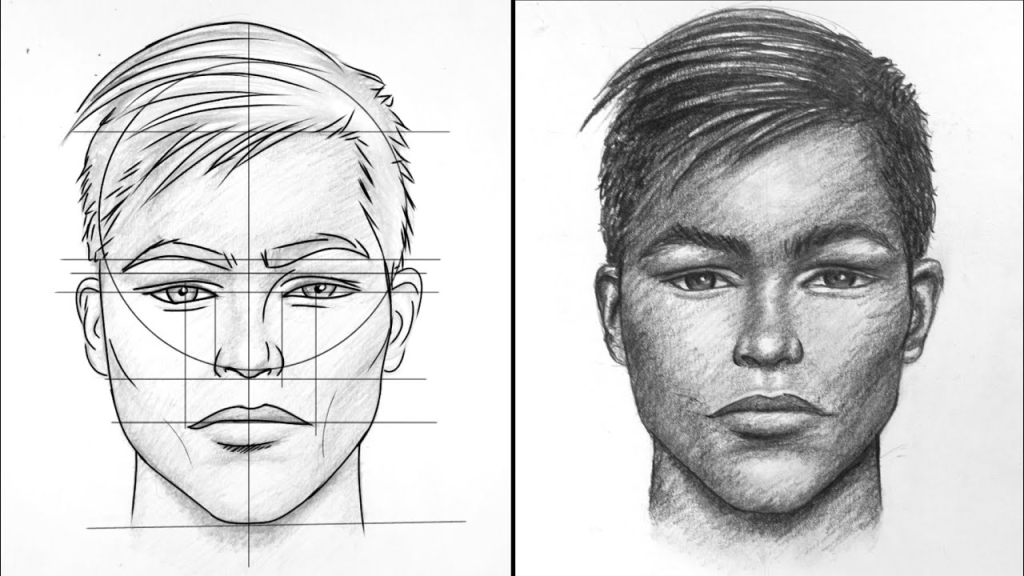
Ghost Face Drawing
Ghost face drawing is new fun take,if you wants it spooked up in your design. By focusing on the spooky deep dark eyes, extra long narrow [nose], and creepy expressions you can create a ghost face of your own. The ghost effect can be reinforced by leaving the face looking as though it is free-floating, like so.

Practice and Patience
You just need to be patient and practice drawing faces. If your first couple of passes are not perfect – do not be dismayed by it. And The more practice, the better you become. Play around with the shape of their heads, expressions and ghost face drawings to see what you like.
Conclusion
Face drawing is an important skill for any artist to conquer. If you practice these steps, you too will soon design faces that are intricate and emotive. These tips will not just show you how to draw a ghost face better, but are equally applicable to as fundamental subjects as detailed human portrait drawing.

